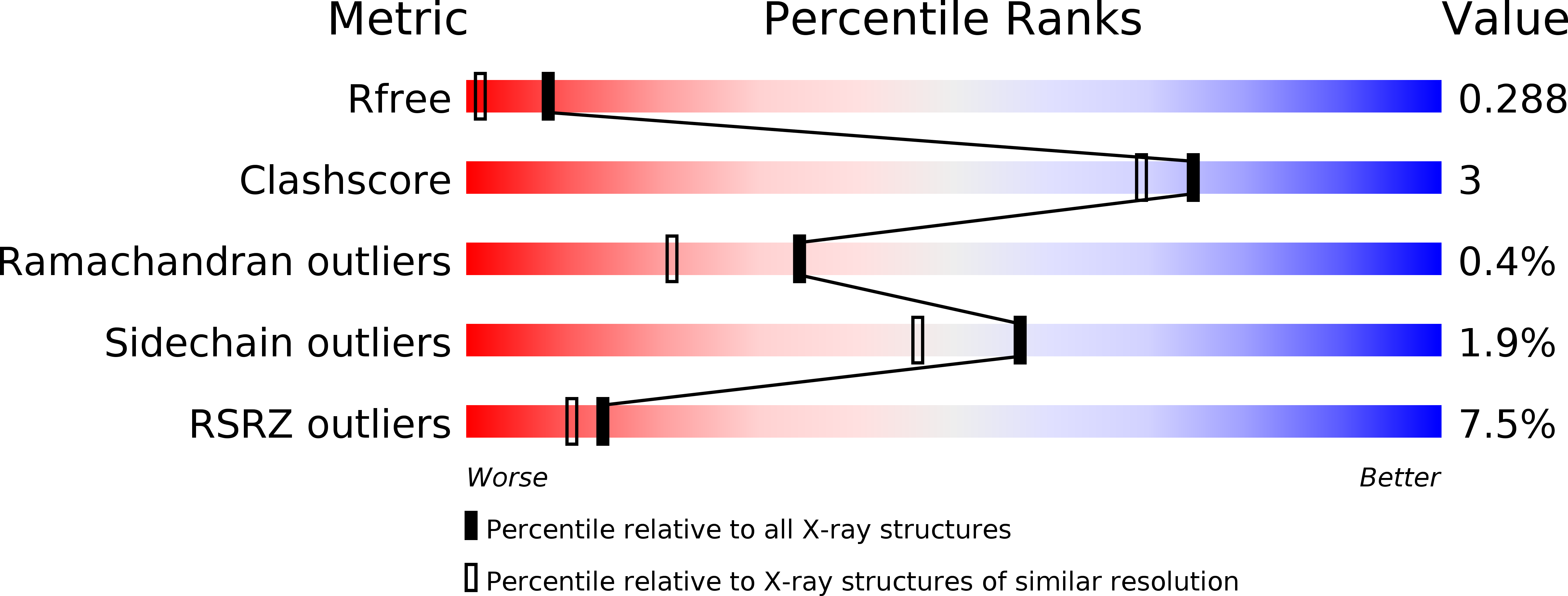
Deposition Date
2017-06-27
Release Date
2018-02-07
Last Version Date
2023-10-04
Entry Detail
Biological Source:
Source Organism:
Corynebacterium glutamicum (Taxon ID: 1718)
Host Organism:
Method Details:
Experimental Method:
Resolution:
1.80 Å
R-Value Free:
0.28
R-Value Work:
0.24
R-Value Observed:
0.24
Space Group:
P 41 21 2


